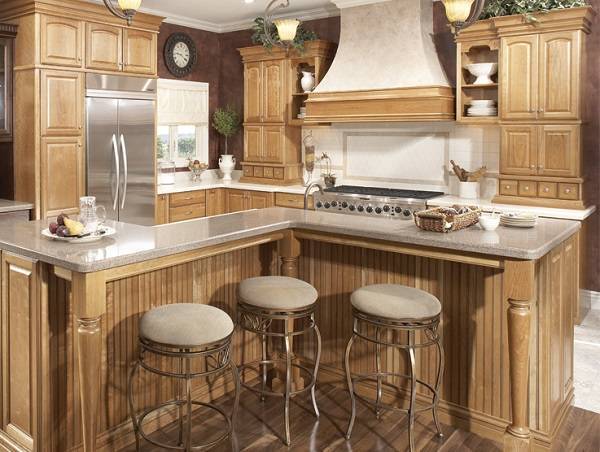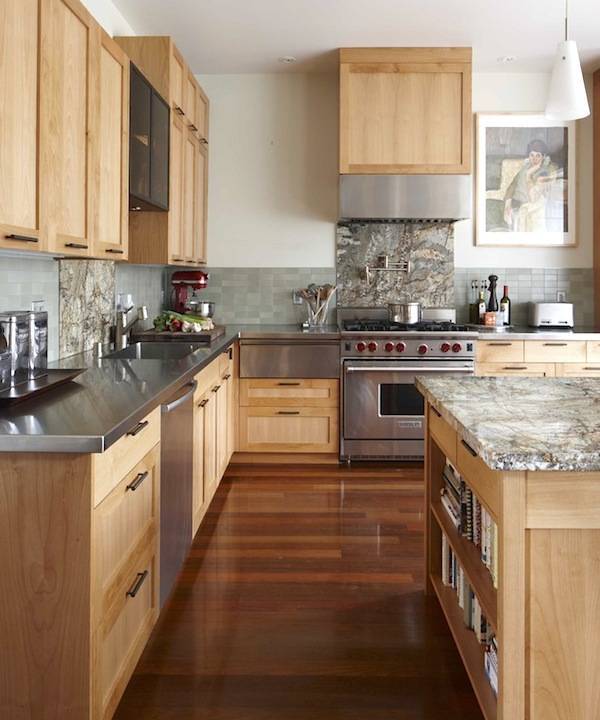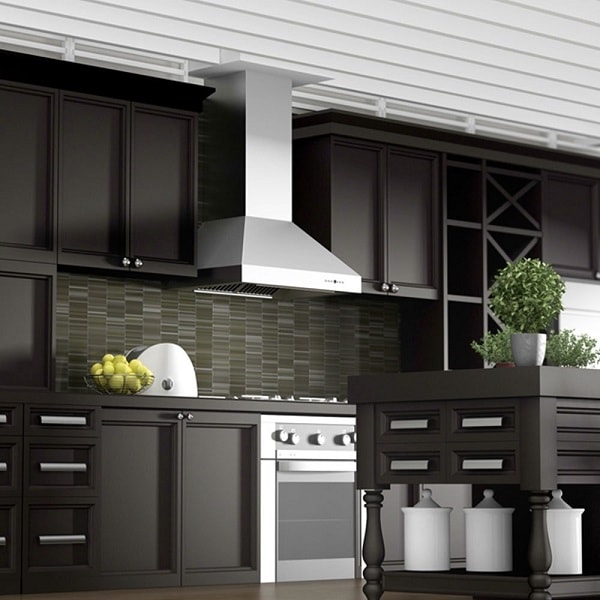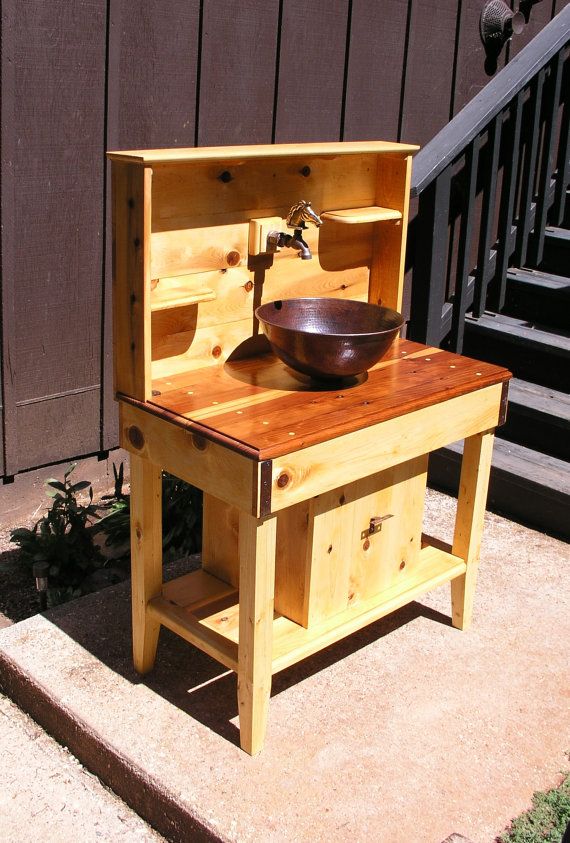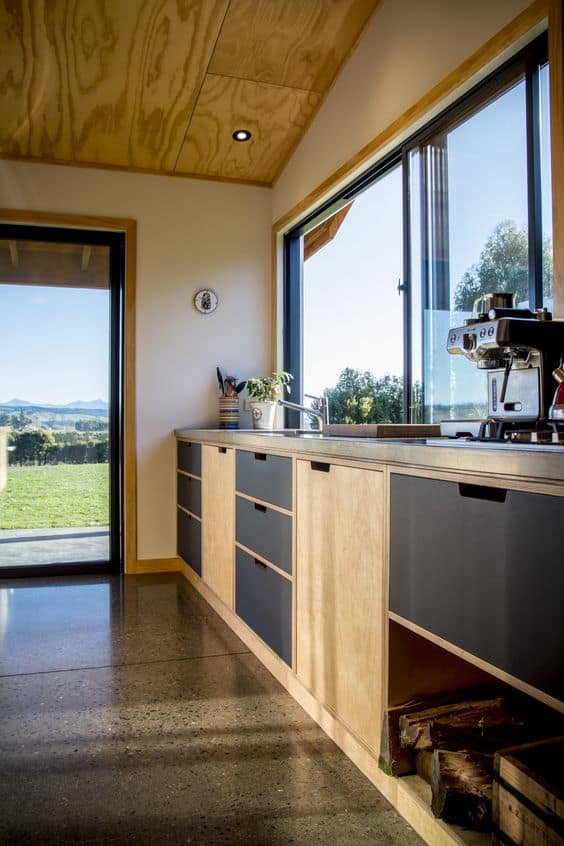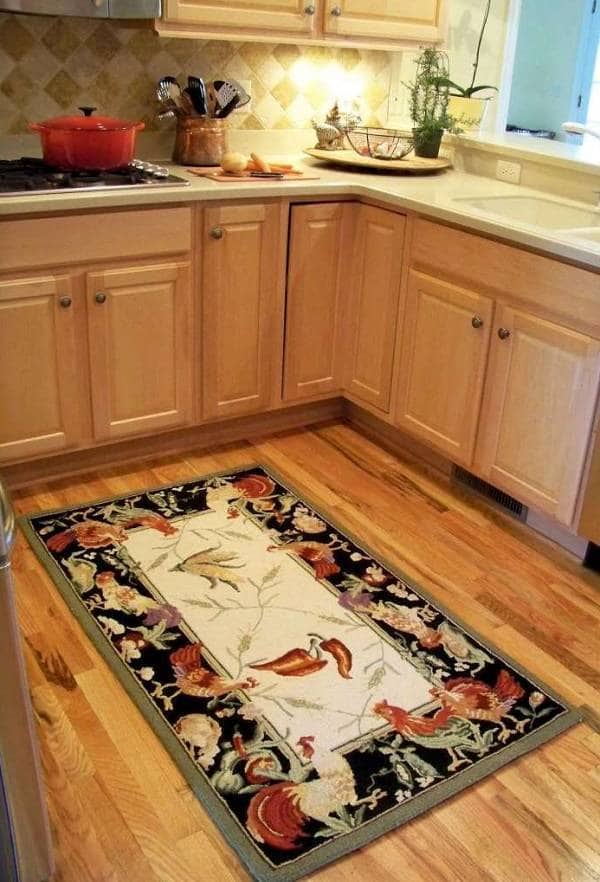Let’s be honest right from the beginning, all non-stick pans aren’t created equal. While most brands might bear the non-stick label, picking the right one from the many brands available could be tricky especially if you do not know what exactly to look for. That said, a real professional chef could come in handy with tips to guide you through the process thus making sure you get the value for your money. In the same breathe, it’s worth noting that a non stick pan and shiny metal brands almost look the same but there’s a very huge difference both in construction and performance in the kitchen.
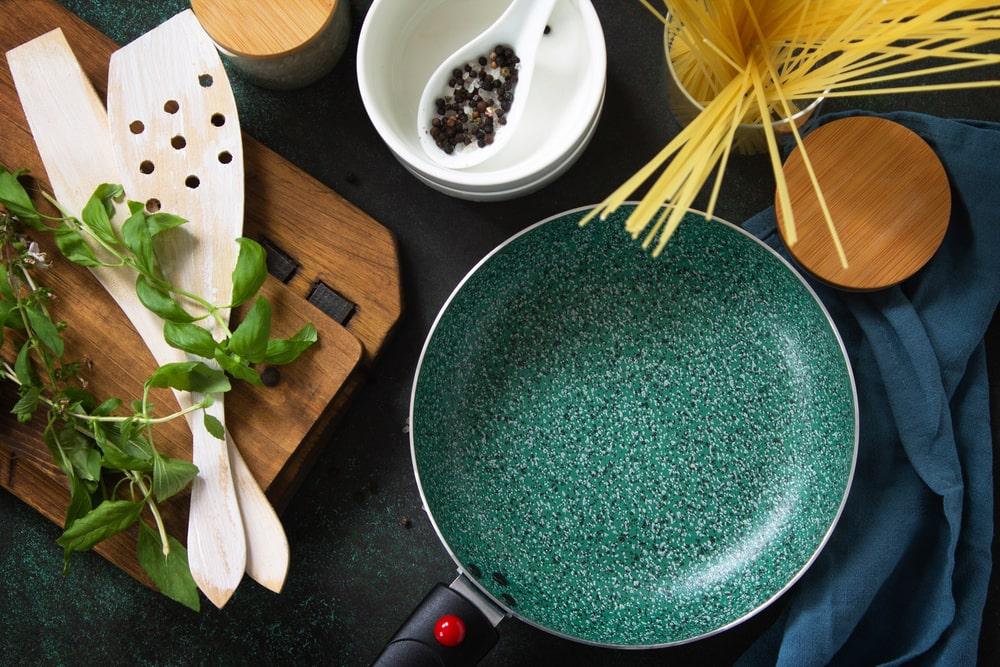
So, what are the proven non-stick pan buying guides that you should consider before investing your hard earned cash in a given brand? This article seeks to present you with expert tips to help you as you make your purchase considerations.
Why non-stick pans?
Before we look at the non-stick buying guide, let’s answer the question as to why this type of kitchenware is so essential. First, nonstick pans are a must have for any kitchen. If you like making fluffy pancakes or perfect omelets, investing in a pan or two definitely comes in handy. The pans are also suitable for making other delicate foods such as crepes and fish among other foods. In fact, this is one major benefit you enjoy when comparing a non stick pan and shiny metal pan.
As the name suggests, these pans allow you to cook without the stressful experience of sticky foods at the bottom of the pan. This not only makes your cooking safe but also makes the cleaning stress-free.
When it comes to the health concerns touching on non-stick pans, it’s good to know that not all pans are constructed using PFOA –Perfluorooctanoic coating material. The exclusion of this material is designed to make non-stick pans safe and prevent against cancer concerns. As such, always make sure that the pan you pick has a ‘PFOA-free” label as the first thing.
Factors to consider when choosing a nonstick pan
The coating material
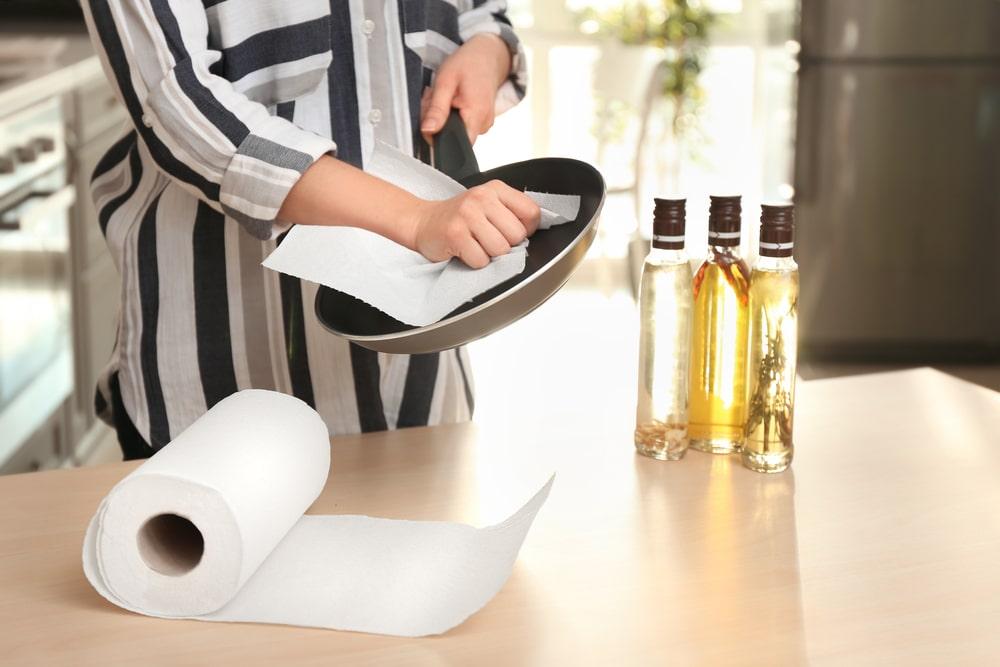
The first thing to consider when buying a nonstick pan should be the coating material. Basically, there are two main coating materials used, namely PTFE or Teflon and ceramic. Teflon is the most popular material and is considered to last longer when given proper care and maintenance. Both these nonstick coatings are designed to prevent food from sticking on the pan’s surface but their durability is what makes all the difference.
Construction material
On top of the coating material, it would be necessary to consider the pan’s construction material as a matter of importance. Mostly, non-stick pans are constructed using either stainless steel tri-ply or aluminum.
Stainless steel tri-ply construction works well as far as even heating is concerned. However, the pans are a bit pricier and heavier as well compared to aluminum. As such, the material scores highly compared to aluminum which heats up quickly but fails as far as heat distribution is concerned.
It’s also worth noting that aluminum nonstick pans feature a stainless steel plate that’s welded to their bottom thus making them unsuitable for use on induction burners. As such, if you normally use an induction burner for your cooking, aluminum nonstick pans shouldn’t be an option for you.
The price
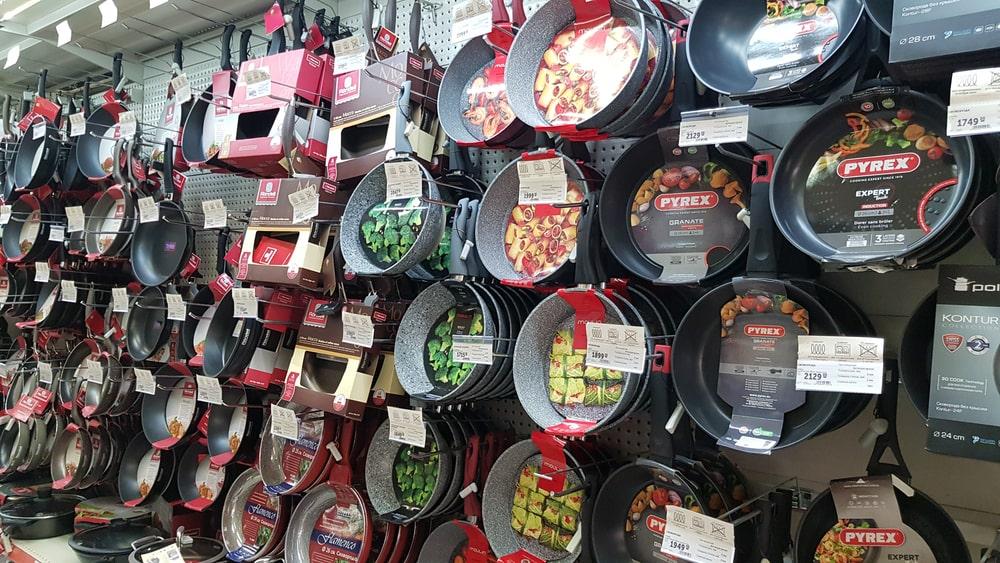
Would the most expensive nonstick pan be the best quality and ideal option? Definitely not! In fact, professionals will discourage you against spending too much money on a nonstick pan. On the other hand, you must have heard of the saying that “cheap is expensive.” Well, it calls for a balance when buying a pan in order to make sure you get value for your money. All nonstick pans are known to wear out with time no matter how careful you are as far as maintenance is concerned. The nonstick coating will wear off with time thus calling for a replacement at one point or the other. As such, you should strike the middle ground as far as the cost is concerned and invest in stainless steel options as well.
Sturdiness
Many people assume or ignore the aspect of sturdiness especially when handles are concerned. However, it is good to pick a nonstick pan that offers quality secured handles as this improves on safety and longevity of your pan as well. Poorly secured handles translate into dangerous cooking as they are bound to loosen with time.
A good pan should at least feature flat rivets as these are not only secure but also easy to clean in case of spillage while cooking. You do not want a pan that will look messy with time and give you headache with the cleaning process.
The shape of the pan
Depending on your desired use of the pan, the shape will need to be considered keenly. If your pan will be used for cooking stir fried or soups, then it should have sloped and deep sides. This helps prevent against the mess that comes with shallow sides especially when cooking these types of food. Always consider the size and the shape of the pot based on the number of people you’ll be feeding and the type of foods you’re likely to prepare on a regular basis.
Final word
On top of these considerations, it’s very important to distinguish between non-stick pan and their shiny metal counterparts. There is a lot of confusion that comes when faced with overwhelming cookware options and many people are unable to differentiate between non-stick cookware from shiny metallic pans. The differences between shiny metal and non-stick pan range from durability to ease of maintenance among others. When making your choice, it’s only professional to help you understand that most shiny metal pans are more durable compared to coated non-stick pans.
Most non-stick pans are also not oven-safe and exposing them to overheating could end up harming their coating. As such, extra caution should be taken when using and maintaining the non-stick pans, something that is not a major concern for most shiny metal pans. If you’re planning on eating healthy without spending too much cooking oil in your food, non-stick pans will come in handy since food does not stick on the surface. As such, the pans are a good addition to any kitchen especially if you want to eat healthy. Non-stick pans are also compatible with different types of cooktops with the exception of induction. With proper care and maintenance, the pans can serve you for long and guarantee amazing results in the kitchen.
Images by Depositphotos
